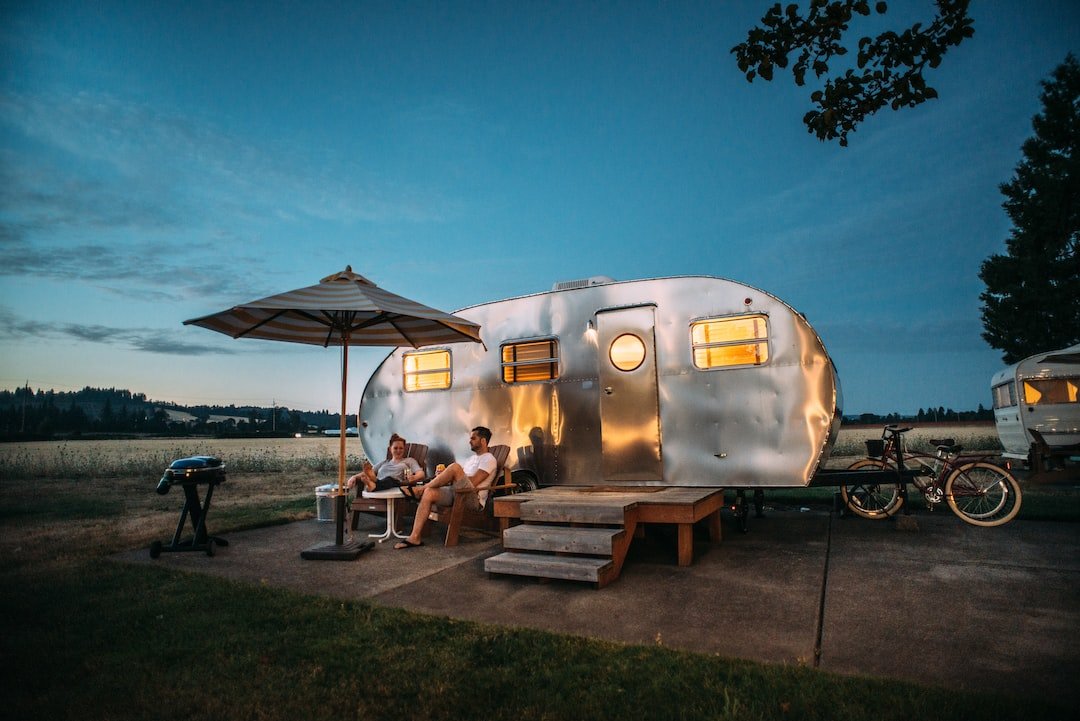Navigating the Wilderness: Basic Map Reading and Orienteering
When venturing into the great outdoors, whether for hiking, camping, or any other outdoor activities, having a basic understanding of map reading and orienteering is essential. These skills are not only helpful in ensuring your safety and enjoyment but also allow you to navigate through unfamiliar terrains with confidence. In this blog post, we will delve into the world of map reading and orienteering, providing you with the necessary knowledge to navigate the wilderness.
Map Reading Basics:
Before embarking on any wilderness adventure, it is crucial to familiarize yourself with the basic components of a map.
1. Scale: Understanding the scale of a map is key to interpreting distances accurately. The scale is typically represented as a ratio, such as 1:50,000. This means that one unit on the map represents 50,000 units on the ground. Knowing the scale helps you estimate distances and plan your route accordingly.
2. Legend: The legend, also known as the key, provides important information about the map’s symbols, colors, and other features. It helps you decode the various elements and understand what they represent.
3. Contour lines: Contour lines are a crucial aspect of topographic maps. These lines represent changes in elevation, allowing you to identify hills, valleys, and other landforms. The closer the contour lines are, the steeper the terrain. By understanding contour lines, you can determine the difficulty of a route and plan accordingly.
4. Grid system: Many maps have a grid system, consisting of horizontal and vertical lines. These lines help you pinpoint specific locations on the map using a coordinate system. It is particularly useful when communicating your location with others or when using a GPS device.
Orienteering Essentials:
Orienteering is the art of navigating with the aid of a map and compass. It enables you to find your way in the wilderness, even in the absence of well-marked trails or signs. Here are some key orienteering skills to master:
1. Compass navigation: A compass is an essential tool in orienteering. Learn to use a compass to determine direction accurately. Set your compass to match the map’s orientation (e.g., North at the top) to ensure your bearings align correctly. By combining your compass reading with the features on the map, you can accurately navigate through challenging terrains.
2. Identifying landmarks: Look for distinctive features in the landscape that can be identified on both the map and the ground. These landmarks can include rivers, mountain peaks, uniquely shaped trees, or man-made structures. By locating and identifying these points of reference, you can continuously confirm your location and track your progress.
3. Route planning: Before setting off, spend time studying the map to plan your route. Evaluate the terrain, obstacles, and possible paths. Consider the distance, elevation changes, and potential hazards. By planning in advance, you can anticipate challenges and be prepared for any unexpected situations that may arise.
4. Dead reckoning: Dead reckoning is a technique used in orienteering to estimate your position based on your last known location and your course. By combining distance and direction, you can estimate your current position even without distinct landmarks. Keep track of your pace count (the number of steps it takes you to cover a specific distance) to aid in your calculations.
5. Orienting the map: Always ensure that your map is aligned with the actual terrain. Orienting the map enables you to match the features on the ground with the symbols and contours on the map. Start by finding a landmark visible on the map and then align your compass with the corresponding direction on the ground. Rotate the map until the compass needle aligns with North on the map, ensuring proper orientation.
By acquiring these map reading and orienteering skills, you can navigate through the wilderness confidently, explore new territories, and enjoy nature to the fullest. However, remember that practice makes perfect. Start by honing your skills on familiar terrains and gradually progress to more challenging environments. Also, always carry a map, compass, and backup navigation tools when venturing into the wilderness, and never rely solely on technology. Embrace the ancient art of map reading and orienteering, and let your wilderness explorations become safe, exciting, and rewarding adventures!

